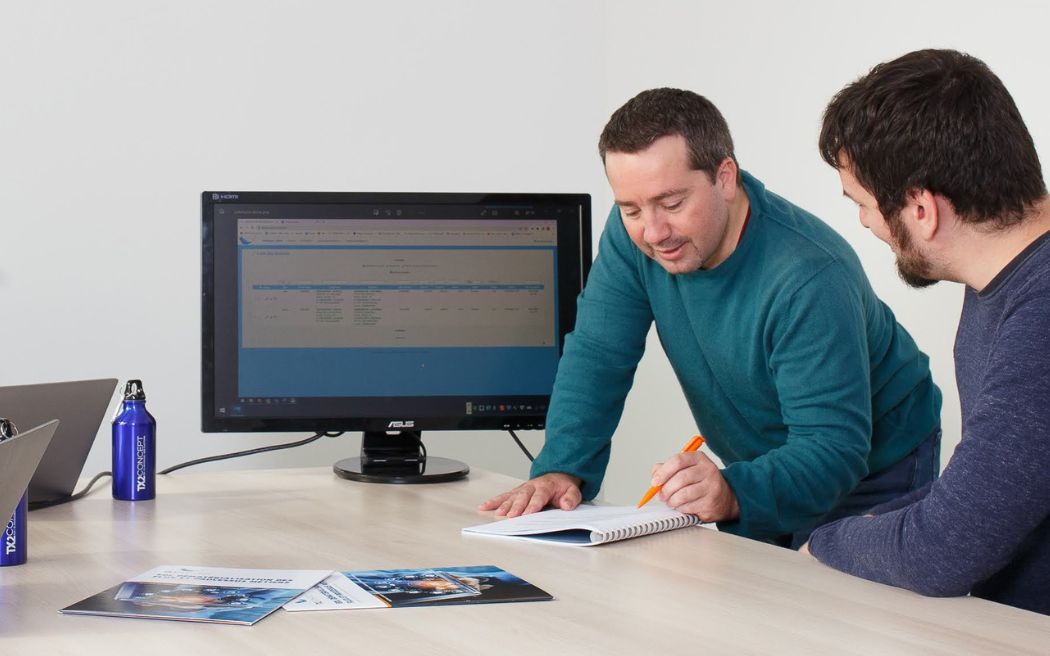To run an EDI project, you need to be willing to simplify communications between your company and its partners to, among other things solve problems linked to business processes and simplify them by setting up – without human intervention – electronic file exchanges directly between your information systems and those of your partners. In some cases, this can also be a real commercial constraint in a referencing objective (for example, a winegrower wishing to list 2 or 3 products with a supermarket chain).
Managing an EDI project means getting organized differently
Running an EDI project isn’t complicated in itself, but like any new project in a company, it requires a new organization to be put in place. To help you do just that, I’ve written this article on the fundamental steps you need to take to successfully implement your EDI project.
1. The strategy
What do you want to achieve by implementing EDI in your company (optimize processes to satisfy your partners? Reduce costs? etc.)? It’s important to identify the reasons why, so that you can deploy your project in the way that best suits your needs. It is therefore necessary to establish all the prerequisites: technical characteristics, availability of equipment, requirements…
2. The project team
Make sure you surround yourself with the right people, both internally (head office, subsidiaries, branches, etc.) and externally (customers, suppliers, authorities, logistics operators, etc.). Deploying an EDI project requires skills that enable smooth, efficient coordination between different departments: IT, administration and finance, logistics, sales…
3. EDI service provider
Many organizations opt for an EDI service provider, because it’s a viable, simple and efficient solution, but it’s important to choose the right one. Discover the criteria to consider when choosing an EDI service provider.
4. Deploying the EDI solution
The way in which an EDI system is designed depends on the number of interactions required, or even customized, and the number of systems with which it will have to exchange data. Many EDI solutions impose their own data structuring. In this case, it is very important to carry out a data analysis of your internal and external systems to ensure that they correspond to the requirements of the EDI application. In all cases, it will be necessary to carry out a mapping operation, so that the information from your internal system, when transmitted, will fit into the “right fields” of your partner’s system, and vice versa.
5. The test phase
Once your technological solution has been chosen and implemented, and before it is actually put into production, it is very important to carry out tests in “real-life conditions ” with collaborators/partners present at the various stages of the EDI project, to ensure that it works properly.
6. Follow-up
Once your solution is up and running, all that’s left to do is ensure its smooth evolution (technical support, project evolution…). To achieve this, good communication and good relations with your EDI service provider are essential.
In short, these are the steps to consider when rolling out an EDI project, to ensure maximum success.
Don’t hesitate to contact one of our experts by phone, e-mail or directly via the contact form for more information. We’ll be delighted to advise and support you in your project.

